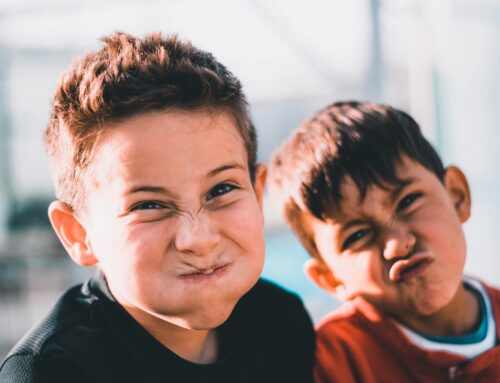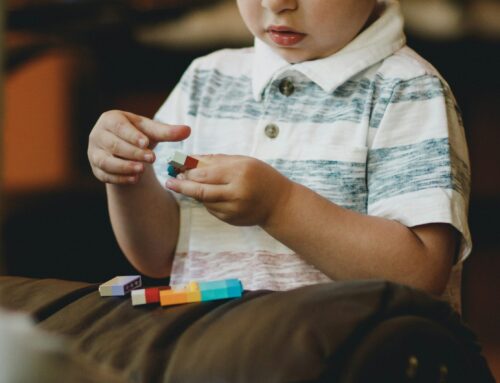When it comes to your child’s mental health, being in the know is everything. Recognizing self-harm in your child is a scary but important clue to be tuned into as a parent. Those who self-harm, especially children, are exceptionally good at hiding it. In this article, we will explore how to recognize self-harm in your child, and what to do if you discover that your loved one is suffering.
Educate Yourself on Self-Harm
First and foremost, you will want to educate yourself on what self-harm is so that you know the warning signs. Self-harm is the act of engaging in violence towards oneself as a result of poor mental health. There are lots of different things that can lead a child to self-harming — such as sudden life changes or difficulty dealing with emotions. Identifying these triggers will be important as you navigate this journey as a parent.
Self harm can manifest in a few different ways, but some of the most common occurrences in children include (1):
- Cutting oneself, typically on the arms or legs.
- Burning
- Scraping
- Picking at the skin/reopening wounds
- & more
Signs of Self-Harm
Without seeing the marks, how can you know that your child is self-harming? Let’s talk about some of the key signs.
Isolation or Withdrawal
One of the first signs a child is going through a time of emotional turmoil is sudden isolation or withdrawal. If they are spending less time with friends, withdrawing from social activities, spending more time alone, or needing space from loved ones, this might be a sign that your child is crying out for help.
Social Media Activity
Monitoring your child’s online activity can be another great way to stay in touch with how they are feeling. In the age of social media, children will oftentimes post about their feelings or thoughts, in hopes that someone will validate what they are going through. Check-in on what they’re posting on social media to see if you notice any warning signs that bring you into your child’s current mental state.
Hopelessness or Despair
If your child is experiencing mental health challenges, hopelessness or despair are common feelings that they may experience. If your child begins to lack motivation to put themselves together, such as getting dressed for school or showing up on time for events, be sure to check in with them.
Changes in Academic Performance
If your child is struggling emotionally, their grades and academic performance will oftentimes suffer as a result. School can be demanding and challenging, especially for children and teenagers. If you notice a sudden change in your child’s academic performance, be sure to communicate with their teachers and administration to see if you can get more contacts behind the situation. Their emotional state can very likely play into a lack of focus and drive, causing a decline in school performance.
Wearing A Lot of Clothing Regardless of Weather
Lastly, if your child is self-harming, it is likely that they will be wearing a lot of clothing regardless of the weather. Children often do this to hide scars or marks they have made on themselves, as well as to hide any sudden weight loss or weight gain. Use your child’s wardrobe as a clue to help you better understand what’s going on.
We hope this article was informative and helped you better understand how to recognize self-harm in your child so that you can intervene when needed. To get support for your loved one or gain coaching as a parent, contact Neurobehavioral Associates today.
Resources:
- Getting a Handle on Self-Harm – The New York Times






